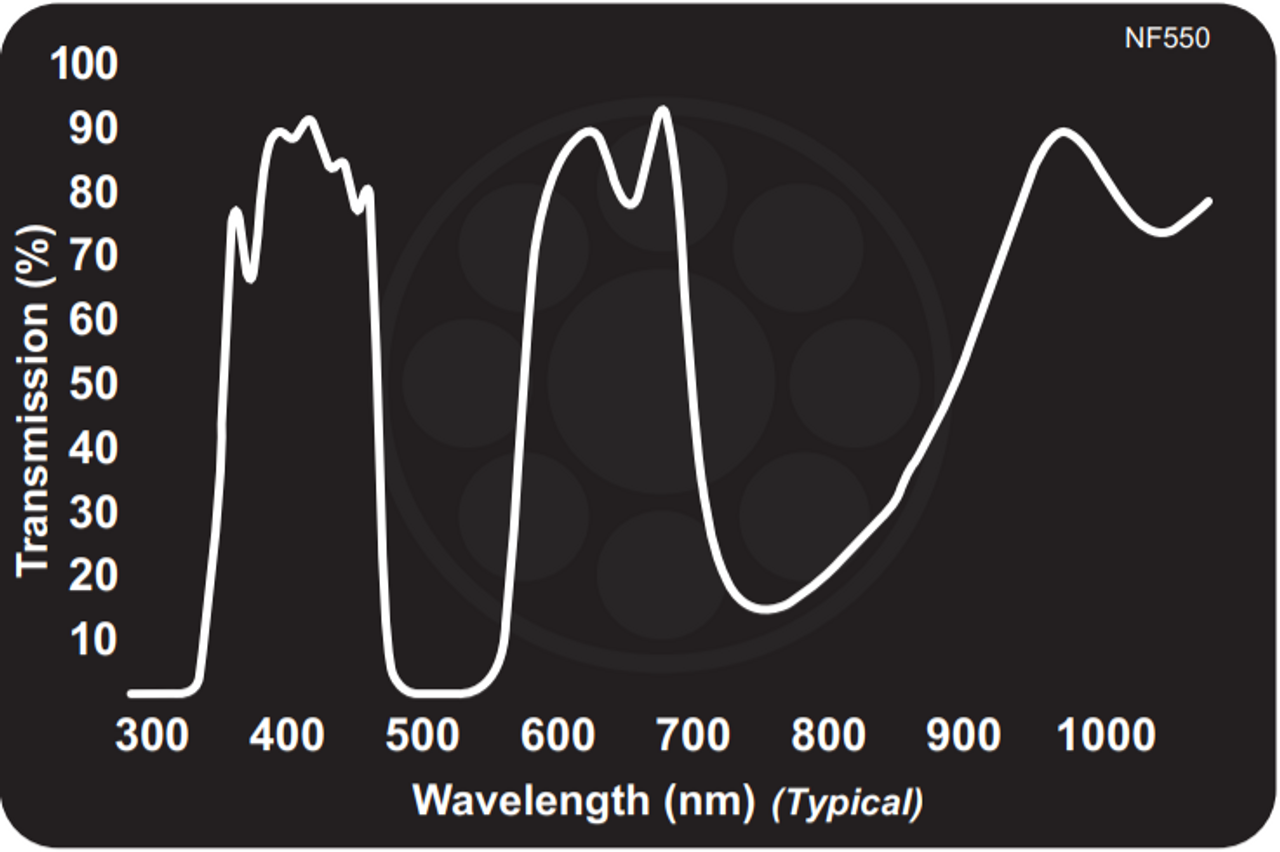

There can be various modes in a waveguide, such as TE 10, TE 20, TE 30, or TM modes. The geometry of a waveguide is an important factor in determining the cut-off frequency. When a wavelength is too long, the waveguide stops carrying signals and becomes inoperative. The signal propagation through a waveguide is dependent on the signal wavelength as well. Frequencies below the cut-off frequency are attenuated by the waveguide. Below the cut-off frequency, waveguides fail to transfer wave energy or propagate waves.Ĭut-off frequency can also be described as the frequency above which the waveguide offers minimum attenuation to the propagation of the signal. All the signals that propagate through a waveguide are above a certain frequency, called the cut-off frequency. Waveguides are hollow metallic structures that carry signals from one end to another. A similar condition applies to circular waveguides, however, in this article, we will focus on the rectangular waveguide cut-off frequency. In a rectangular waveguide being used to transfer energy, the rectangular waveguide cut-off frequency determines when the waveguide becomes obsolete, which is whenever it reaches below the cut-off frequency. In RF and microwave circuits, the cut-off frequency is a significant specification for waveguides. While there are many specifications to consider, there are a few key ones to focus on in each component being used in a circuit. When selecting an electrical component, designers should focus on the component’s specification or rating. The dominant mode in a waveguide is the propagation mode with the lowest cut-off frequency. This is the answer to question.The cut-off frequency is the frequency above which the waveguide offers minimum attenuation to the propagation of the signal.įrequencies below the cut-off frequency are attenuated by the waveguide. So this is 5.5 minus 4.31 electoral votes and this is one point 19 electoral votes. Incoming folding mine is the work function of the material. And, ah, so we know that the maximum kinetic, kinetic energy of the electrons, according to the photo electric effect, is gonna be the energy of income. See, we have to calculate what's the maximum kinetic energy of the immediate elections when the energy off the incoming Fulton is 5.5 election vote. So, uh, carrying out this division, we get that the frequency is own 0.4 times 10 to the 15 hurts. The minimum frequency that cut off frequency is gonna be Linda Starfire over age, which is 4.31 election wolves divided by ah blanks Collison's, which is 4.4 teen times 10 to the 15 minus 15 electron vote second. This is the answer to question a the cut off wave ling in question be We have to calculate what's the minimum frequency that we will be able to ah take out electrons from the sink and the logic logic is the same The again we have that the minimum energy required to remove electrons is the work function, and the energy of a folding is written by H f. And that's gonna be HC over over five hcs drive 100 40 electoral votes Nonna meters and FYI is 4.31 electoral votes. Okay, So if e is the minimum energy required to remove ah, with elections from the ST then Lunda is gonna be the maximum wavelength that is the cut off wavelength. That's the minimum energy and the energy of an electron of Ah, the folding. So the energy required to remove electrons is equal to the work function. And that's just the maximum wave Ling that we'll still remove electrons from the same. And in question eight, we have to find the cut off wavelength for the zinc. We have the work function of the zinc, which is 4.31 electoral votes.


 0 kommentar(er)
0 kommentar(er)
